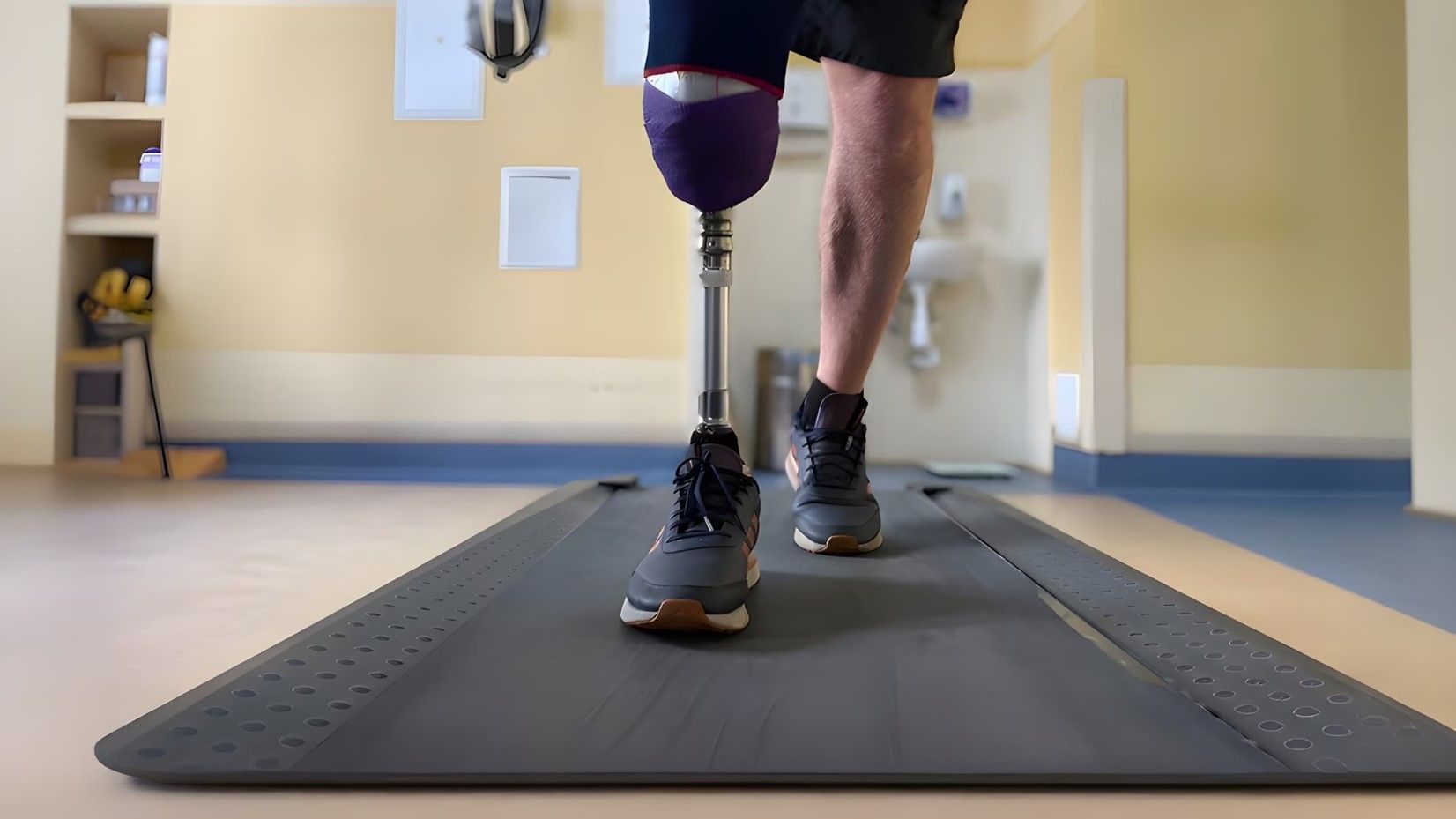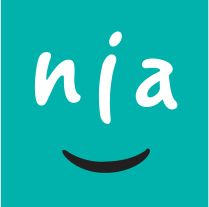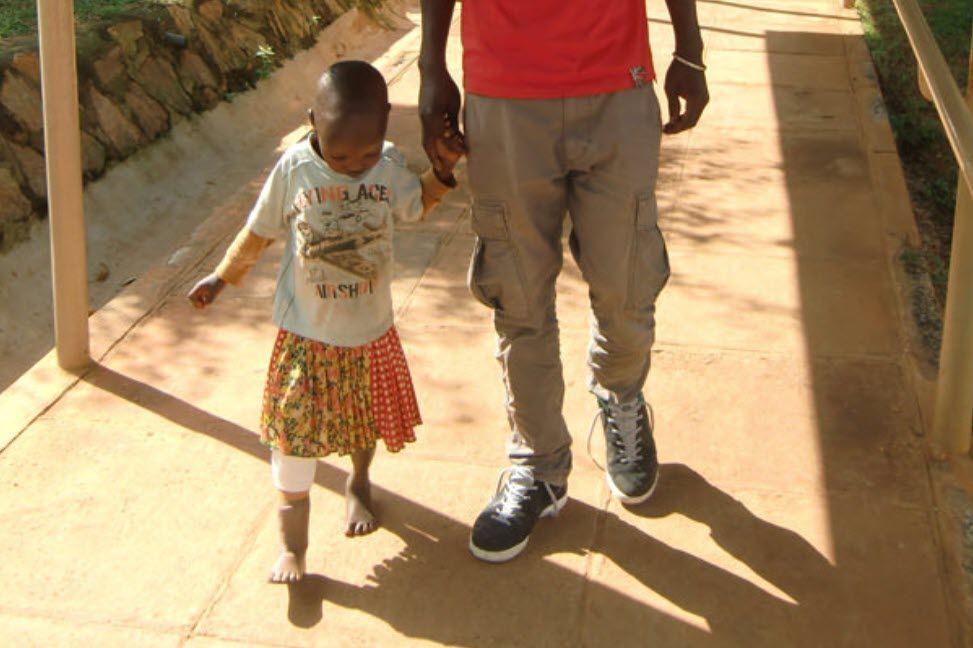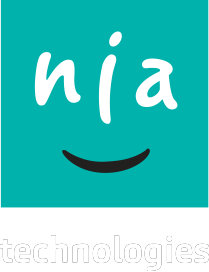CoRSU Starts Field Testing 3D Printed Orthopaedic Devices For Children With Disabilities
Kampala, Uganda – Monday June 13, 2016: CoRSU Rehabilitation Hospital is once again hosting Canadian researchers from Nia Technologies Inc. (Nia) and the University of Toronto to field test 3D PrintAbility technology innovation with orthopaedic clinicians and young people with disabilities (5-25 years). 3D PrintAbility uses 3D scanning, modelling, and printing technologies to design and make custom mobility devices. Originally developed to produce 3D printed transtibial (below-the-knee) prostheses, the product line has expanded to include much-needed Ankle Foot Orthoses (AFOs or braces), devices used to treat club foot, post-injection paralysis, and other common causes of disability among children in Uganda.
“We are always looking for innovative ways to improve patient care and increase access to life-changing mobility devices. We are therefore proud that 3D PrintAbility’s first-ever field test was at CoRSU in 2015. It proved that prosthetic socket production time could be cut by as much as 70%, from 5 days with conventional manual methods to 1.5 days with 3D PrintAbility. We are excited to see how the technology and materials have developed since the research team was last in Uganda,” says Moses Kaweesa, an Orthopaedic Technologist at CoRSU.
This research is intended to develop innovations that integrate with current practices and increase efficiencies. “Clinical partners are critical to our efforts to develop 3D PrintAbility as a solution that will work in resource-limited settings. Together, we are creating a system that builds on the skills and expertise of orthopaedic clinicians, allowing them to minimize time on manual production and maximize time on decisions about device design, fit, and patient care,” explains Jerry Evans, Nia’s Chief Executive Officer.
The collaboration between CoRSU and Nia is aimed at transferring technology in appropriate and sustainable ways that improve access to transformative mobility devices for children with disabilities. Production efficiencies will improve patient care: with less time spent at hospital for patients and caregivers when the device is made (one overnight stay instead of a week); and with improved health and social well-being.
In 2016, 3D PrintAbility is being field tested with clinical evaluations in Uganda and other countries. The purpose of the clinical evaluations is to further test: the appropriateness of 3D PrintAbility as a tool for orthopaedic clinicians in resource-limited settings; the biomechanical robustness and safety of 3D printed devices; and the strength, durability, fit, and comfort of the devices to children and youth with disabilities.
Nia’s team will be at CoRSU from June 10-17 to launch the start of the clinical evaluation which will run from June-October 2016.
About CoRSU
CoRSU is a Non-Governmental Organization that was founded in 2006 as a Centre for surgery and rehabilitation for people with disability, with special focus on children for whom we provide free surgery. The hospital specializes in Orthopaedic and Plastic/Reconstructive surgery and has made a tremendous contribution towards improved quality of life for people with disabilities. Additionally, we provide assistive devices, physiotherapy and Community Based Rehabilitation (CBR) to our patients to enhance full recovery. Every year, over 4600 surgical procedures are performed to correct deformities and improve mobility and quality of life.
About Nia Technologies Inc.
Nia Technologies Inc. is a Canadian non-profit social enterprise that develops and deploys 3D PrintAbility orthopaedic solutions in developing countries. Formed and owned by cbm Canada, Nia is supported by the University of Toronto, Grand Challenges Canada, and other foundations and donors. niatech.org




